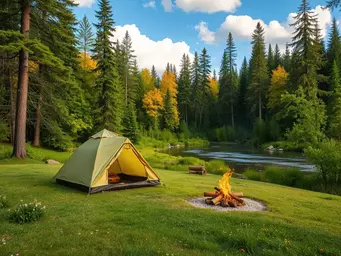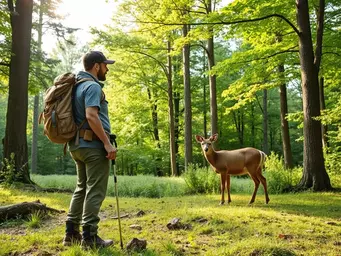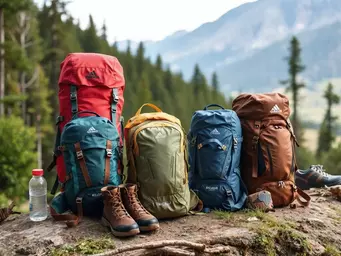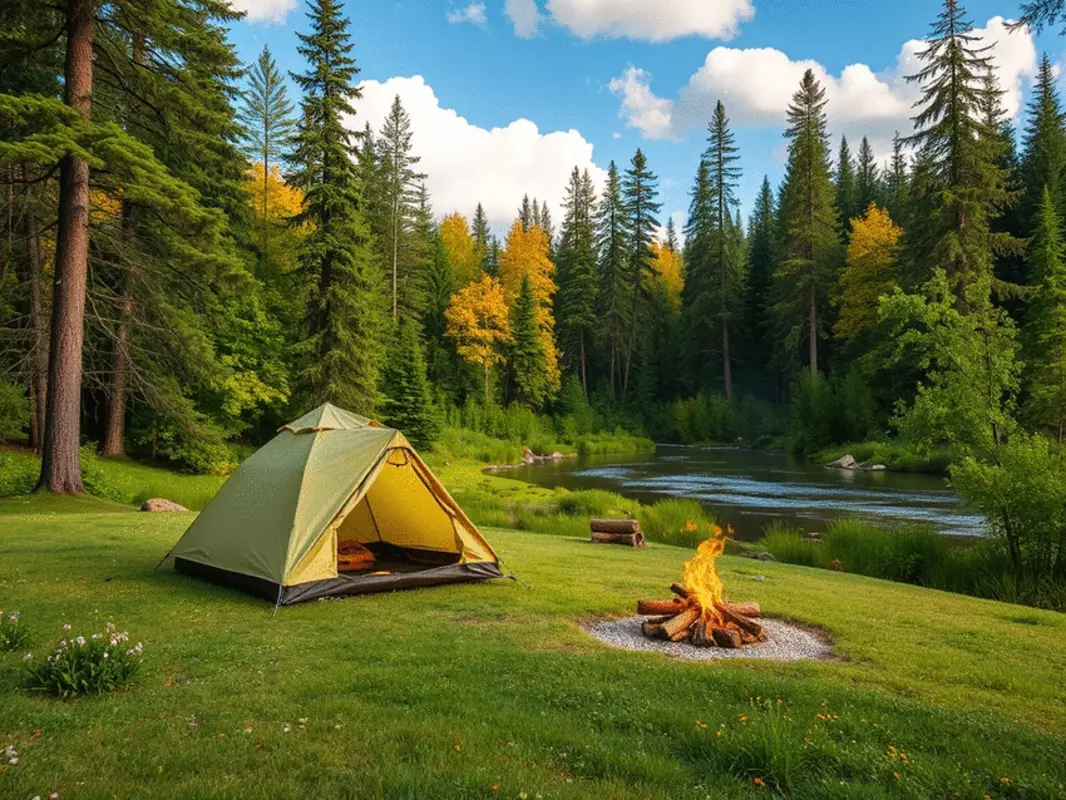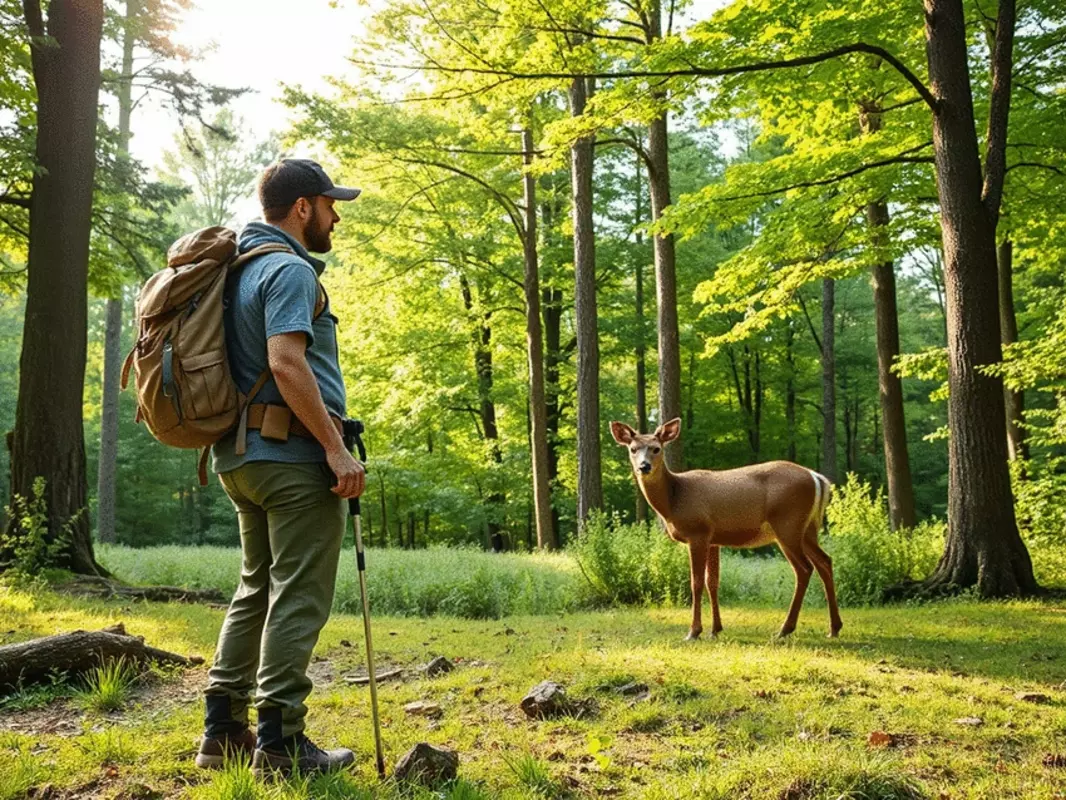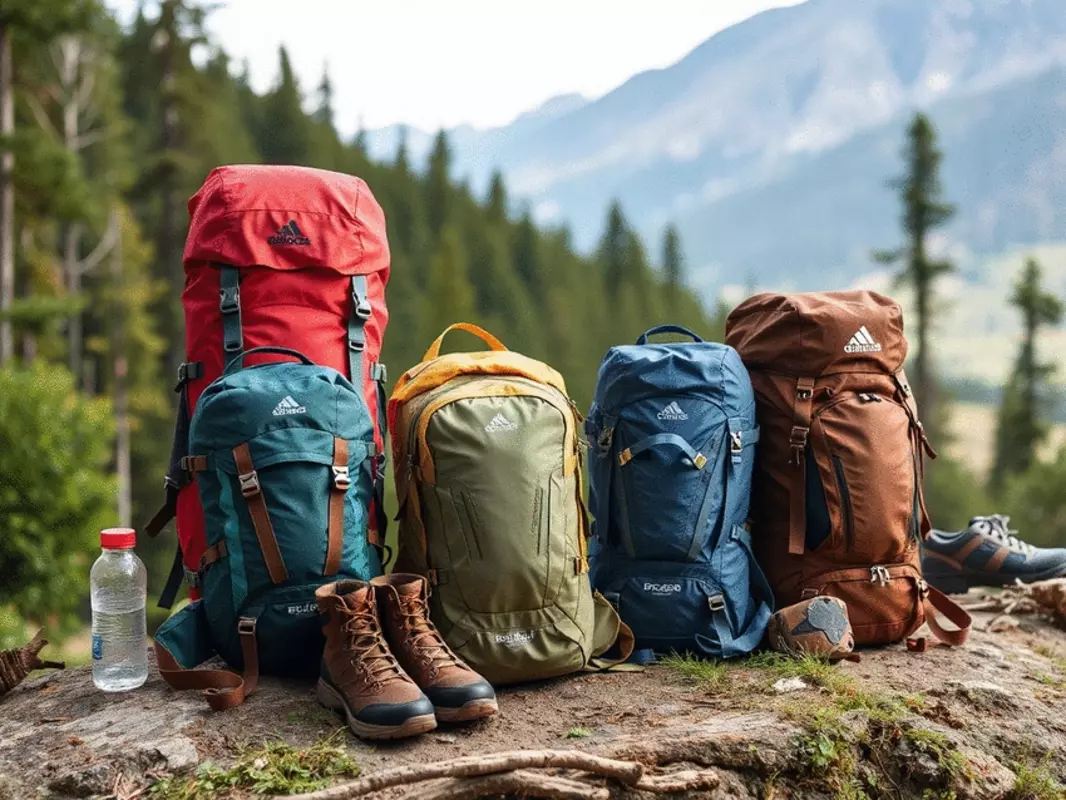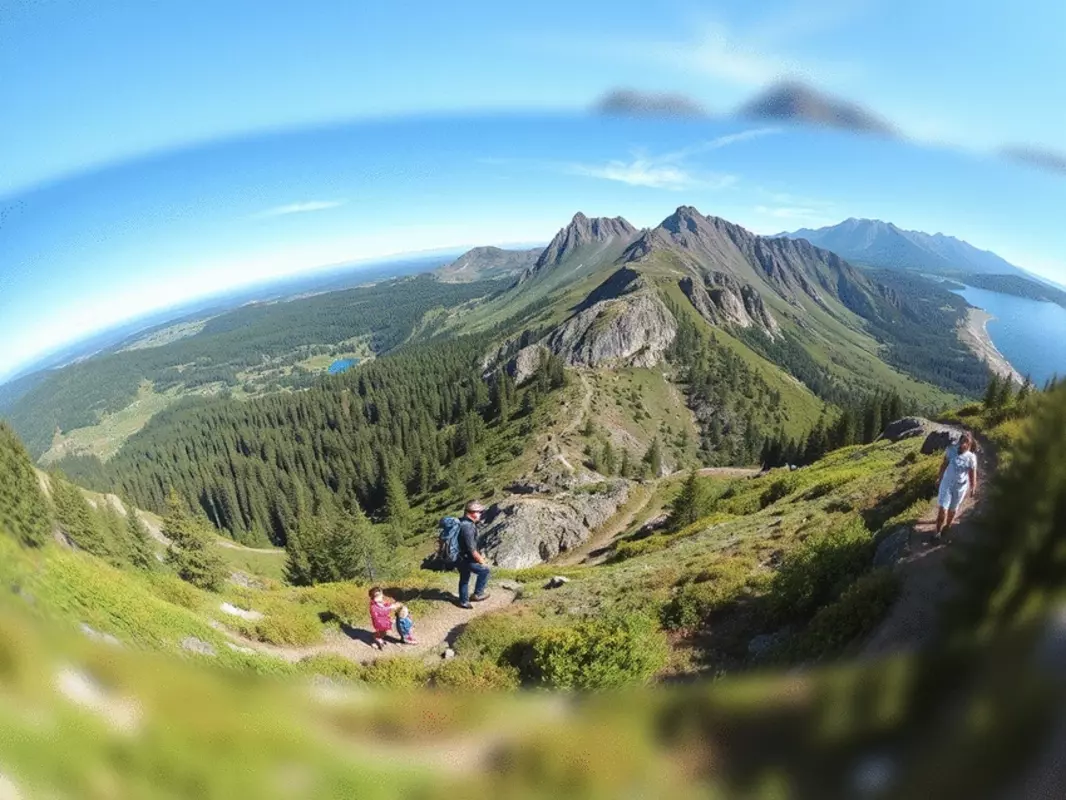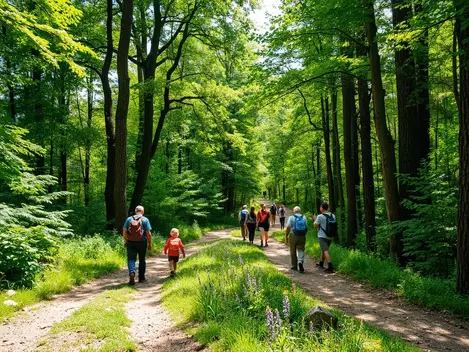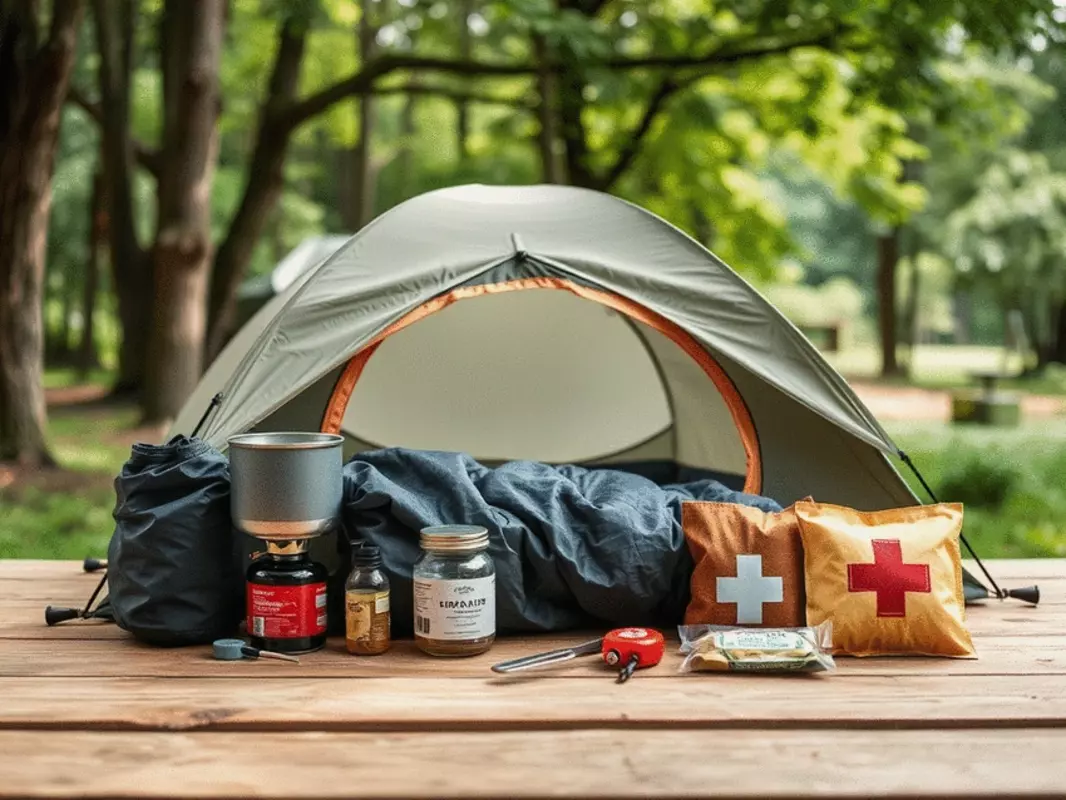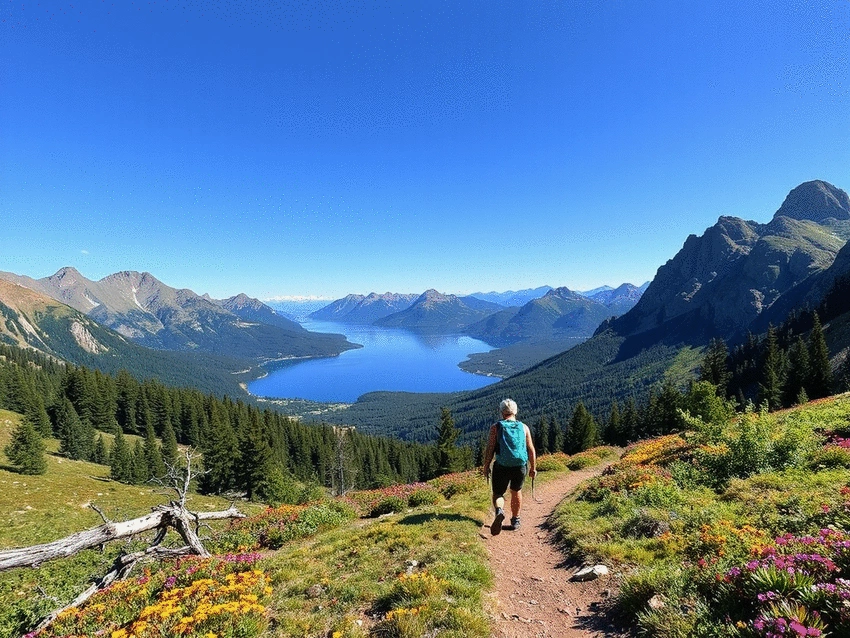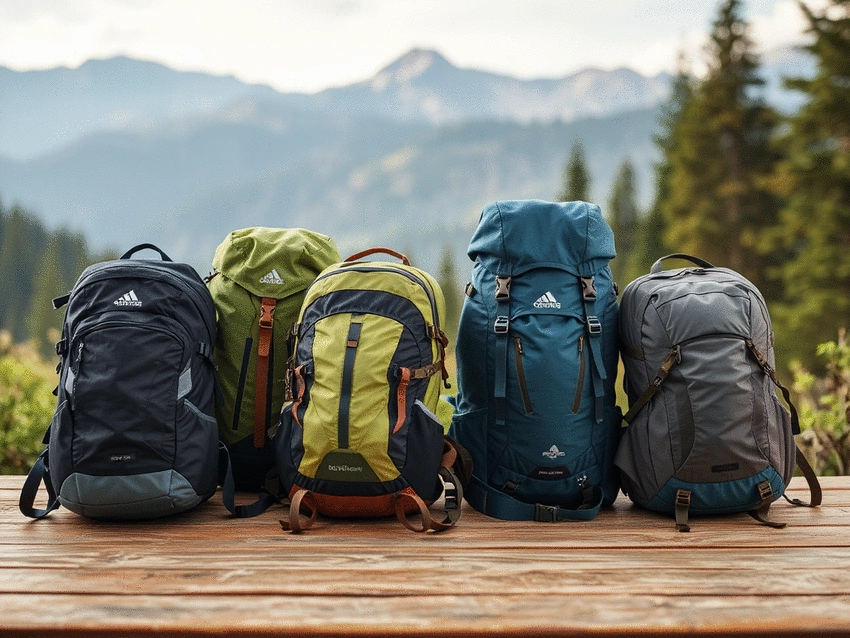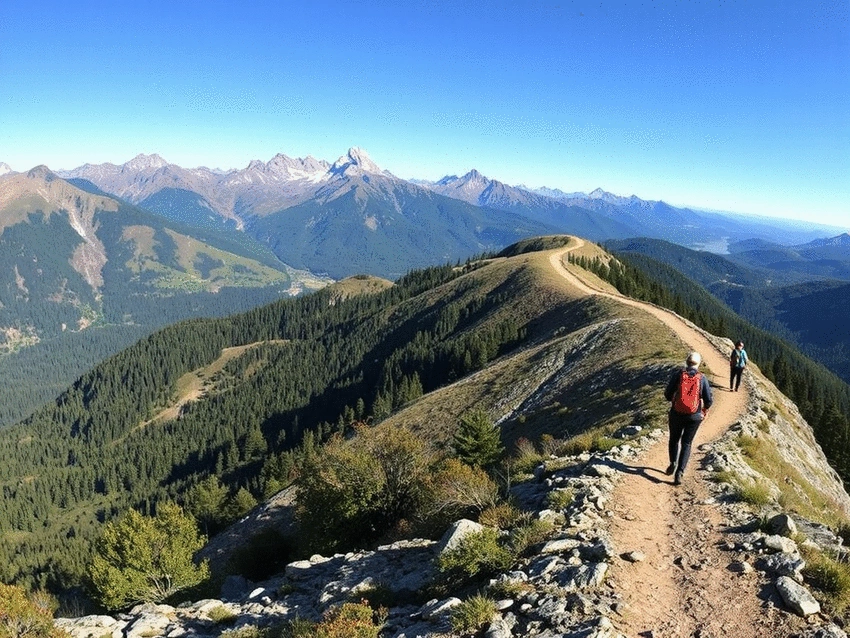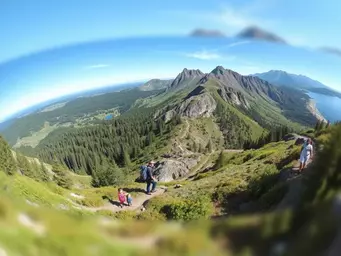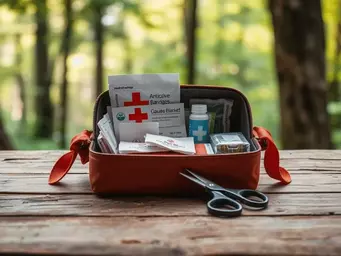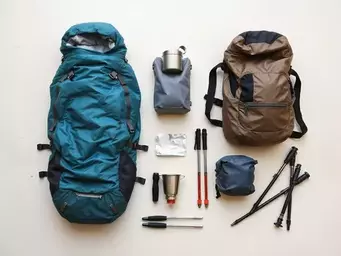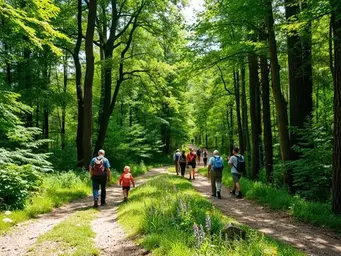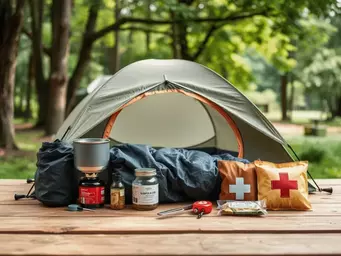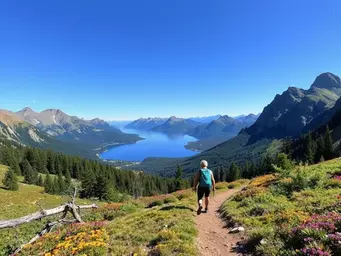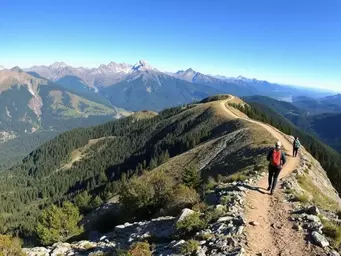Discover Free Camping Spots Easily
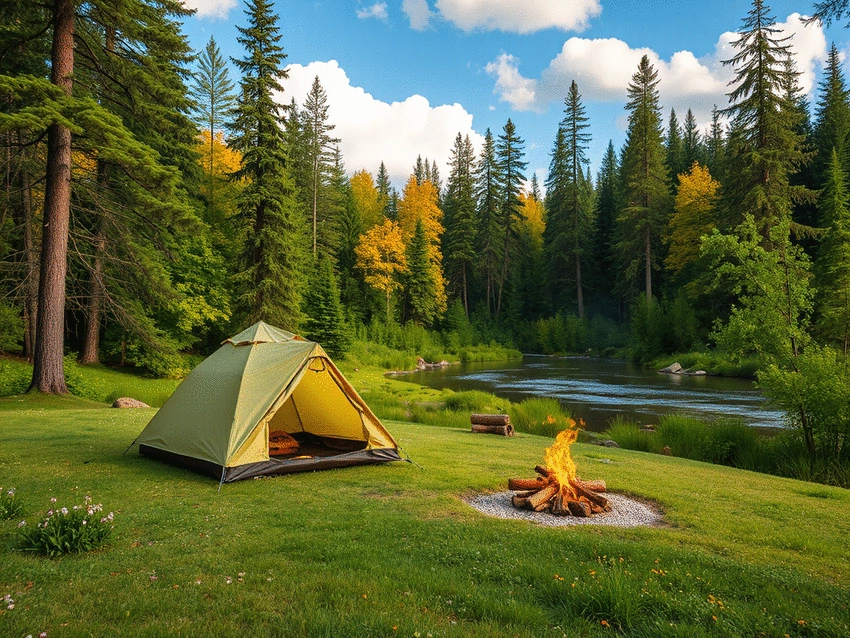
With the rise of outdoor enthusiasts seeking budget-friendly adventures, understanding free camping has never been more crucial. Are you ready to explore the beauty of nature without the hefty price tag? This guide will equip you with essential insights to enhance your experience!
What You Will Learn
- What free camping is and how it works in various designated areas, including public lands.
- The difference between dispersed camping and primitive campsites, and where to find them.
- Key regulations and etiquette to follow while camping to preserve the environment.
- Important wildlife watching guidelines to ensure a safe and respectful experience.
Free Camping Essentials: Locations and Principles
Discover key aspects of free camping, from popular locations to environmental guidelines, ensuring a responsible and enjoyable outdoor experience.
Top Free Camping Locations
- ✓National Forests (193M+ Acres)
- ✓BLM Lands (Millions of Acres)
- ✓Dispersed Camping
- ✓Primitive Campsites
- ⚠National Parks (Permit/Reservation Needed)
Leave No Trace Principles
- 1.Plan & Prepare
- 2.Travel on Durable Surfaces
- 3.Dispose of Waste Properly
- 4.Leave What You Find
- 5.Minimize Campfire Impact
- 6.Respect Wildlife
- 7.Be Considerate of Others
Key Rules & Regulations
- ⚠Check for Required Permits
- ⚠Obey All Posted Signs
- ⚠Follow Fire Restrictions
- ⚠Stay within Designated Areas
- ⚠Respect Property Boundaries
Wildlife Watching Guidelines
- ✓Keep Your Distance
- ⚠Never Feed Wildlife
- ✓Secure Your Food
- ✓Stay Calm if Encountered
Understanding Free Camping in the U.S.
Free camping is a fantastic way to immerse yourself in nature without breaking the bank! At Backpack Hiking, I often hear from fellow outdoor enthusiasts who are eager to discover this budget-friendly option. But what exactly is free camping, and how does it work? In essence, free camping allows you to set up camp in designated areas without the need to pay for a campsite. These locations can be found on public lands, such as national forests and Bureau of Land Management (BLM) sites, where regulations permit camping.
Before you head out, it’s essential to know the basic rules. Most free camping spots have specific guidelines, like length of stay and permitted activities. Understanding these regulations not only enhances your experience but also helps protect our beautiful landscapes for future campers. The thrill of finding a secluded spot under the stars is unbeatable!

What is Free Camping and How Does It Work?
Free camping is an exciting opportunity to connect with nature while enjoying the freedom of the outdoors. This type of camping can take various forms, such as dispersed camping or staying at primitive campsites. Dispersed camping typically involves setting up camp away from developed campgrounds, meaning you might be among towering trees or next to a serene lake.
- Dispersed Camping: Camping outside designated campgrounds, often near roads or trails.
- Primitive Campsites: Basic sites with minimal amenities, typically found on public lands. To learn more about primitive camping, you can refer to resources like the NY DEC's guide on primitive camping.
- State Forests: Many states maintain public lands where camping is allowed for free.
Make sure to check the local regulations, as some areas may have restrictions, especially during peak seasons. The key to a successful free camping experience lies in preparation and respect for the environment!
Public Lands Overview: National Forests and BLM
When it comes to free camping, national forests and BLM lands are your best friends! These public lands offer numerous opportunities for campers to set up shop without spending a dime. National forests are managed by the U.S. Forest Service and provide vast areas where you can camp, hike, and explore.
- National Forests: Cover over 193 million acres, providing access to scenic beauty and various recreational activities.
- BLM Lands: The Bureau of Land Management oversees millions of acres that are perfect for camping and outdoor adventures. Information about camping on BLM lands can be found on their official website.
- Accessibility: Many of these lands are accessible year-round, although conditions may vary depending on the weather.
Both options allow you to experience the great outdoors while following the guidelines that keep our environment safe. Whether you are searching for a quiet spot in the woods or a picturesque location by a river, national forests and BLM lands offer endless possibilities!
Exploring National Parks: A Free Camping Guide
While national parks are generally known for their stunning landscapes, many also offer limited free camping options. You can find these sites in the form of backcountry camping or designated primitive campsites. However, it’s essential to understand that these spots often require a reservation or a free permit!
- Backcountry Camping: Offers solitude and breathtaking views, but be prepared for a hike to reach these sites.
- Primitive Campsites: Located within certain parks, these often come with basic amenities like fire rings.
- Permitting System: Some parks require permits for free camping, so check their website ahead of time! You can often find information on permits and reservations through platforms like Recreation.gov.
As a passionate hiker, I’ve found that exploring national parks through their free camping options can lead to unforgettable experiences. Just remember to respect the park and its rules, ensuring these beautiful places remain intact for generations to come!
Interactive Poll: Share Your Thoughts!
As you explore the world of free camping, we want to know: What aspect of free camping excites you the most?
Camping Etiquette and Environmental Responsibility
As we dive deeper into the world of camping, it's essential to talk about etiquette and environmental responsibility. The great outdoors is a shared space, and how we treat it can have lasting effects on the environment and fellow campers alike. Adopting good camping habits not only enhances your experience but also helps preserve nature for future adventurers!
Leave No Trace Principles Explained
The Leave No Trace (LNT) principles are a set of guidelines that help us minimize our impact on the environment while enjoying the beauty of nature. Here’s a quick overview of these critical principles:
- Plan ahead and prepare: Research your destination and be ready for the conditions.
- Travel and camp on durable surfaces: Stick to established trails and campsites to avoid damaging vegetation.
- Dispose of waste properly: Pack out what you pack in, and follow local guidelines for disposing of waste.
- Leave what you find: Preserve the environment by not picking plants or disturbing natural formations.
- Minimize campfire impact: Use a stove for cooking and keep fires small and contained.
- Respect wildlife: Observe animals from a distance and never feed them.
- Be considerate of other visitors: Keep noise levels down and maintain the serenity of nature!
By following these principles, you will ensure that future generations can enjoy the same breathtaking landscapes that inspire us today. It’s all about respecting nature and fellow campers!

Staying Compliant: Key Rules and Regulations
Every camping spot has its own set of rules and regulations, and it’s important to familiarize yourself with them. Compliance helps protect the environments we love and keeps everyone safe. Here are some general rules to keep in mind:
- Check for any permits required for camping in the area.
- Obey all posted signs and local regulations.
- Follow fire restrictions, especially during dry seasons.
- Stay within designated camping areas and respect property boundaries.
Being aware of these rules not only enhances your experience but also supports the communities and lands we explore. At Backpack Hiking, we encourage you to take the time to educate yourself before heading out!
Wildlife Watching Guidelines: Enjoying Nature Safely
Nothing beats encountering wildlife during your camping trip! However, it’s vital to observe with caution. Here are some guidelines for a safe and respectful wildlife watching experience:
- Keep your distance: Use binoculars for a closer view rather than approaching animals.
- Never feed wildlife: This can alter their natural behavior and harm their health.
- Secure your food: Store food in animal-proof containers to avoid attracting wildlife.
- Stay calm: If you encounter wildlife, remain still and quiet until they leave.
Observing wildlife can be one of the most rewarding aspects of camping. Just remember, we’re visitors in their home, so let’s tread lightly and responsibly!
Frequently Asked Questions About Free Camping
What is free camping?
Free camping refers to setting up camp in designated areas, typically on public lands like national forests and BLM sites, without paying a fee. These areas often have minimal to no amenities.
Where can I find free camping locations?
Free camping is primarily available on public lands such as National Forests and Bureau of Land Management (BLM) lands. Some National Parks offer limited free backcountry or primitive campsites, often requiring permits or reservations.
What is the difference between dispersed camping and primitive campsites?
Dispersed camping involves setting up camp away from developed campgrounds, often near roads or trails, with no amenities. Primitive campsites are designated basic sites, sometimes with minimal amenities like a fire ring, usually found on public lands.
What are the "Leave No Trace" principles?
The Leave No Trace (LNT) principles are a set of seven guidelines designed to minimize human impact on the environment. They include planning and preparing, traveling and camping on durable surfaces, disposing of waste properly, leaving what you find, minimizing campfire impact, respecting wildlife, and being considerate of others.
Are permits required for free camping?
While many free camping areas do not require permits, some national parks or specific regions may require them, especially for backcountry camping. Always check local regulations before your trip.
How should I interact with wildlife while free camping?
It's crucial to observe wildlife from a distance, never feed them, and secure your food in animal-proof containers to prevent attracting them. If you encounter wildlife, stay calm and quiet.
Recap of Key Points
Here is a quick recap of the important points discussed in the article:
- Free camping allows you to camp in designated areas on public lands without paying for a campsite.
- Understanding local regulations and guidelines enhances your camping experience and protects the environment.
- National forests and BLM lands are prime locations for free camping, providing vast areas for exploration.
- Respect wildlife and adhere to Leave No Trace principles to minimize your environmental impact.
- Familiarize yourself with specific rules and regulations at your chosen camping spot to ensure safety and compliance.
